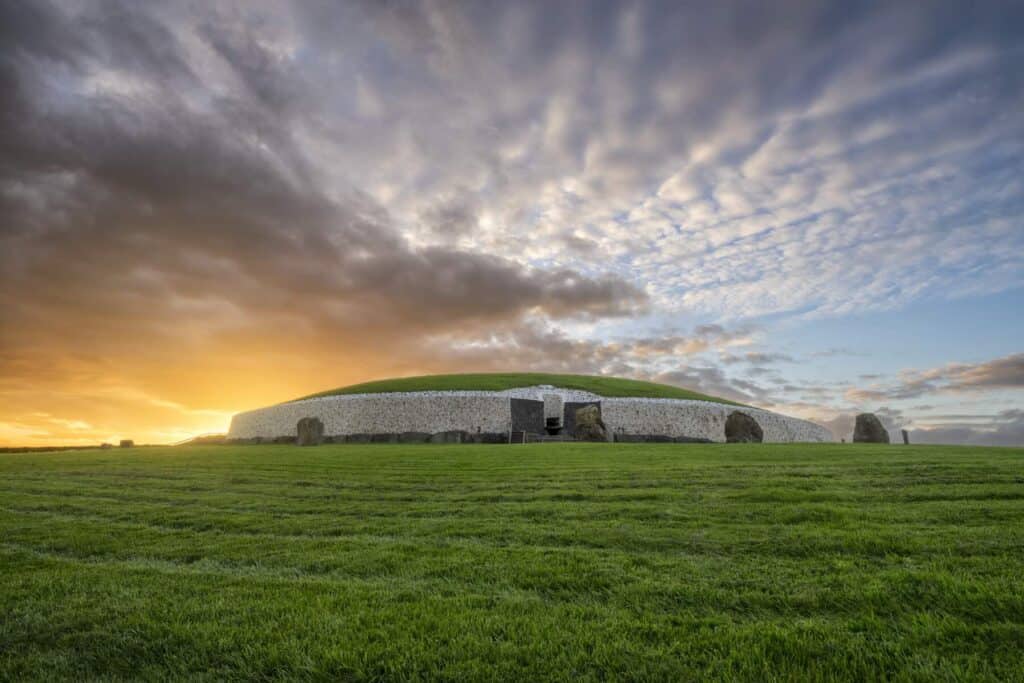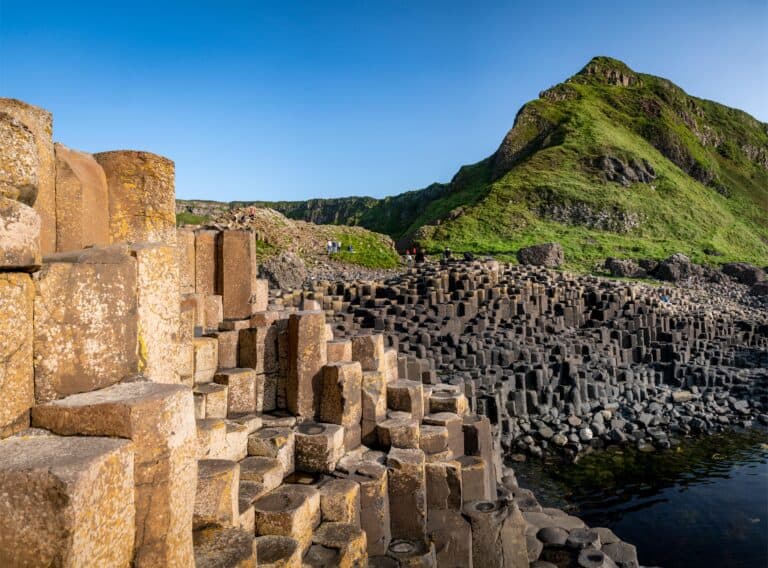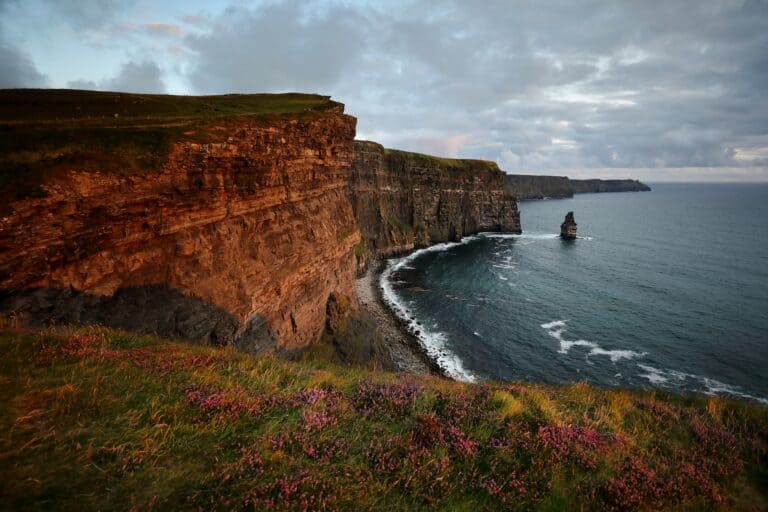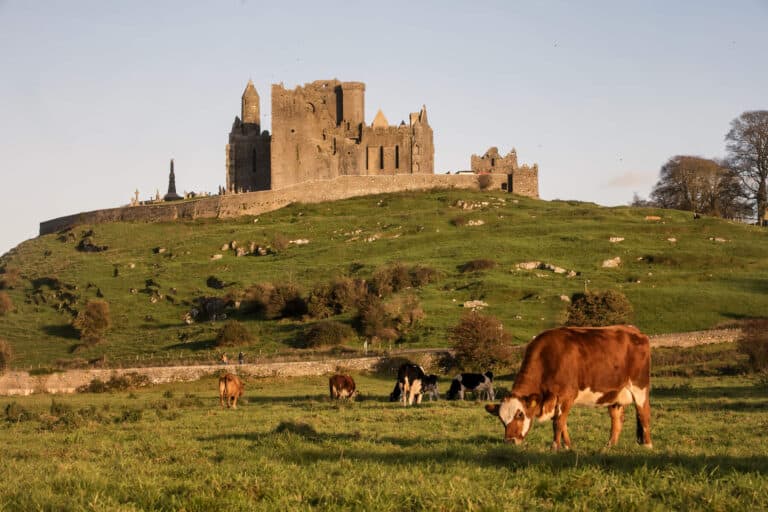Discover 5,000 years of history in Ireland’s Ancient East with your very own expert private driver/guide and Luxury Vehicle. Travel to the Royal County of Meath for a visit to Ireland’s Ancient East and River Boyne, a place that is rich in myth and lore. Visit the Stoneage neolithic monument and world UNESCO Heritage site at Newgrange, the jewel in the crown of Ireland’s Ancient East.
Boyne Valley
The Boyne Valley, Birthplace of Ireland’s Ancient East, is a place steeped in history. Combined with its lush green landscape and magnificent waterways, fantastic food and drink, outdoor adventures and cultural gems, this wealth of heritage makes it a really special destination. Encompassing Co. Meath and south Co. Louth, the Boyne Valley is a unique holiday destination.
Hill of Tara
The Hill of Tara has been important since the late Stone Age, when a passage tomb was built there. However, the site became truly significant in the Iron Age (600 BC to 400 AD) and into the Early Christian Period when it rose to supreme prominence – as the seat of the high kings of Ireland. All old Irish roads lead to this critical site. St Patrick himself went there in the fifth century. As Christianity achieved dominance over the following centuries, Tara’s importance became symbolic. Its halls and palaces have now disappeared and only earthworks remain.
Trim Castle
The largest Anglo-Norman castle in Ireland was constructed over thirty years by Hugh de Lacy and his son Walter. Hugh de Lacy was granted the Liberty of Meath by King Henry II in 1172 in an attempt to curb the expansionist policies of Richard de Clare, (Strongbow). Construction of the massive three-storied Keep, the central stronghold of the castle, was begun c. 1176 on the site of an earlier wooden fortress. This massive twenty-sided tower, which is cruciform in shape, was protected by a ditch, curtain wall, and moat.
Bective Abbey
Founded in 1147 for the Cistercian Order by Murchad O’Maeil – Sheachlainn, King of Meath. It was Ireland’s second Cistercian Abbey; a ‘daughter house’ to nearby Mellifont. The Order had been founded to recapture the original simplicity of monastic life; this was reflected in their restrained buildings.
Old Mellifont Abbey
Mellifont Abbey was the first Cistercian monastery in Ireland. St Malachy of Armagh created it in 1142 with the help of a small number of monks sent by St Bernard from Clairvaux. The monks did not take well to Ireland and soon returned to France, but the abbey was completed anyway and duly consecrated with great pomp.
It has several extraordinary architectural features, the foremost of which is the two-storey octagonal lavabo.
Newgrange
Newgrange was built by Stone Age farmers around 3,200 BC, it predates both Stonehenge and the Pyramids of Giza. Nestled in the Boyne Valley the burial mound is 85m (279ft) in diameter and 13m (43ft) high, an area of about 1 acre. A passage measuring 19m (62ft) leads into a chamber with 3 alcoves. The passage and chamber are aligned with the rising sun on the mornings around the Winter Solstice. Newgrange is surrounded by 97 large stones called kerbstones some of which are engraved with megalithic art; the most striking is the entrance stone. Access to the Newgrange monument is via the Brú na Bóinne Visitors Centre. (entrance tickets to the Newgrange monument are extra subject to availability)









